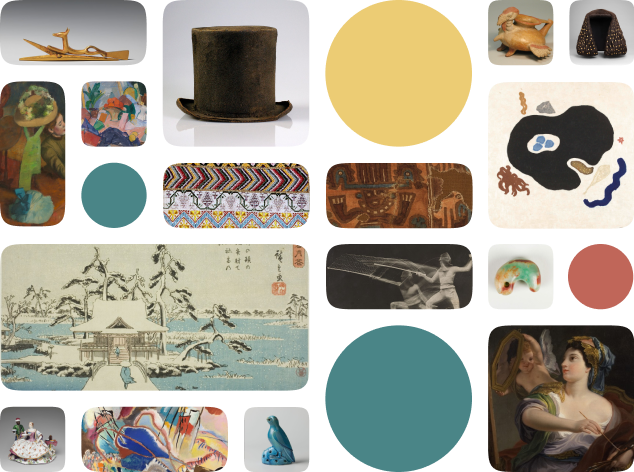Bowl
Creator Name
Cultural Context
Date
Source
About the work
Over 500 years ago in Japan, a repair technique was developed that celebrated the beauty of imperfection. Called kintsugi, which translates as “golden joinery,” this technique uses a mixture of lacquer and gold, silver, or platinum to mend an object in a way that highlights (rather than hides) the damage. More than merely a craft technique, kintsugi is a tangible display of the Japanese philosophy of wabi-sabi, a belief in the beauty of imperfection. This Japanese tradition has been applied to ceramics in other parts of East Asia including this stoneware vessel from China.
For the latest information about this object, bowls (vessels), visit art.thewalters.org.
Work details
Title
Creator
Worktype
Cultural Context
Material
Dimensions
Technique
Language
Date
Provenance
Style Period
Rights
Inscription
Location
Source
Subject
Topic
All Works in Curationist’s archives can be reproduced and used freely. How to attribute this Work:
Help us improve this content!
Save this work.
